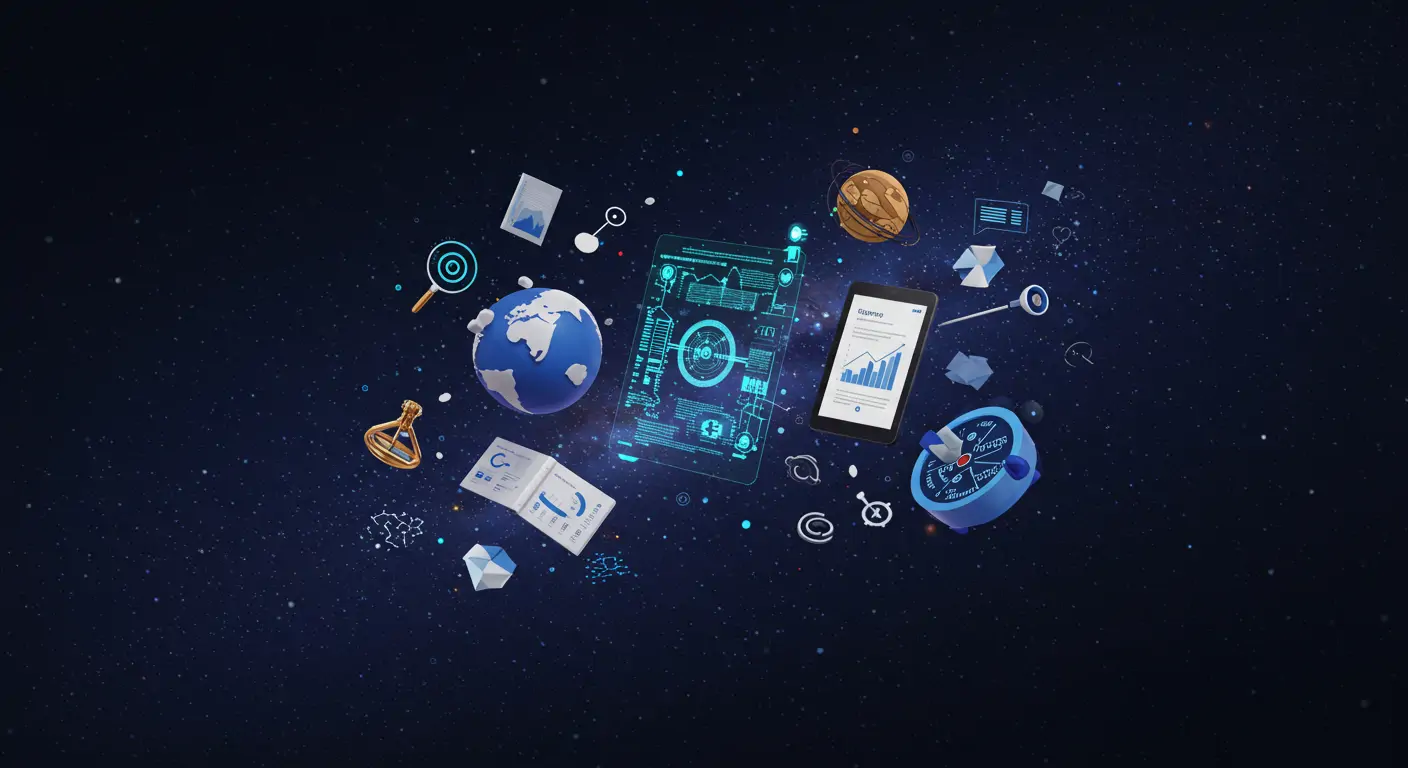Introduction: Why This Matters Now
In 2025, cyber threats have become increasingly sophisticated, leading to a paradigm shift in cybersecurity strategies. A recent report from Cybersecurity Ventures predicts that cybercrime will cost the world $10.5 trillion annually by 2025. This alarming statistic underscores the urgent need for adaptive defense strategies powered by AI-enhanced cybersecurity.
AI-enhanced cybersecurity means leveraging artificial intelligence to improve the detection, prevention, and response to cyber threats. This trend is particularly significant for industries with sensitive data, such as finance, healthcare, and technology. Read time: 12 minutes
The Current State: What's Happening Right Now
As of early 2025, several developments have accelerated the adoption of AI in cybersecurity. In February 2025, IBM launched its latest AI-driven security platform, Watson for Cyber Defense, which identifies threats in real-time using predictive analytics. Similarly, Palo Alto Networks reported a 150% increase in the adoption of its AI-powered security solutions as of Q1 2025. The global cybersecurity market, valued at $220 billion in 2024, is projected to reach $300 billion by 2025, with AI-enhanced technologies driving much of this growth.
Traditional cybersecurity approaches, reliant on static rules and signature-based systems, are increasingly ineffective against agile, AI-driven threats. As a result, key players like Microsoft, with its Azure Sentinel, are leading the charge in developing adaptive systems that evolve as threats do.
Key Drivers: What's Fueling This Trend
Driver 1: Increase in Cyber Attacks
In 2024, ransomware attacks grew by 200% globally, emphasizing the need for more robust defense mechanisms. AI-enhanced systems can predict and neutralize these threats before they escalate.
Driver 2: Regulatory Compliance
With regulations like the EU Cybersecurity Act coming into effect in 2024, companies are compelled to adopt advanced technologies to meet compliance standards. AI tools facilitate better data protection and regulatory adherence.
Driver 3: Technological Advancements
The development of advanced machine learning algorithms has drastically improved the accuracy of threat detection. A 2024 study found that AI systems could identify threats with 95% accuracy, a significant improvement over traditional methods.
Real-World Impact & Case Studies
Case Study 1: JPMorgan Chase
- Implemented an AI-driven fraud detection system in 2024
- Reduced fraud-related losses by 60% within a year
- Key lesson: Early detection through AI prevents significant financial losses.
Case Study 2: MedSec
- Launched an AI tool in 2024 to protect medical devices
- Decreased reported security breaches by 80% in 12 months
- Key lesson: AI can safeguard critical sectors like healthcare.
Industry Implications
For Developers
- Skill up in AI and machine learning algorithms
- Explore career opportunities in cybersecurity startups
For Businesses
- Invest in AI-enhanced security solutions
- Gain competitive advantages by preventing costly breaches
For Investors
- Explore opportunities in AI cybersecurity firms
- Assess risks associated with rapidly evolving threats
Challenges & Criticisms
While AI-enhanced cybersecurity offers many benefits, it also raises concerns. Privacy issues, the potential for AI systems to be tricked or biased, and the high cost of implementation are significant challenges. Critics argue that over-reliance on AI might lead to a false sense of security.
Future Outlook: What's Next
Over the next 6-12 months, expect to see increased collaboration between AI developers and cybersecurity firms. Long-term, by 2027, AI is projected to be integral to cybersecurity strategies globally, potentially reducing cybercrime costs by 40%. Key milestones to watch include advancements in AI algorithms and partnerships between major tech companies and cybersecurity specialists.
Frequently Asked Questions
- What is AI-enhanced cybersecurity?
- How quickly can AI adapt to new threats?
- Are AI systems vulnerable to cyber attacks?
- What are the cost implications for small businesses?
Conclusion: Key Takeaways
- AI-enhanced cybersecurity is crucial for handling sophisticated threats.
- Real-world cases demonstrate significant cost savings and breach prevention.
- Understanding the challenges and opportunities is vital for businesses.
For more insights, consider subscribing to Cyber Defense Weekly or attending industry conferences like RSA 2025.




